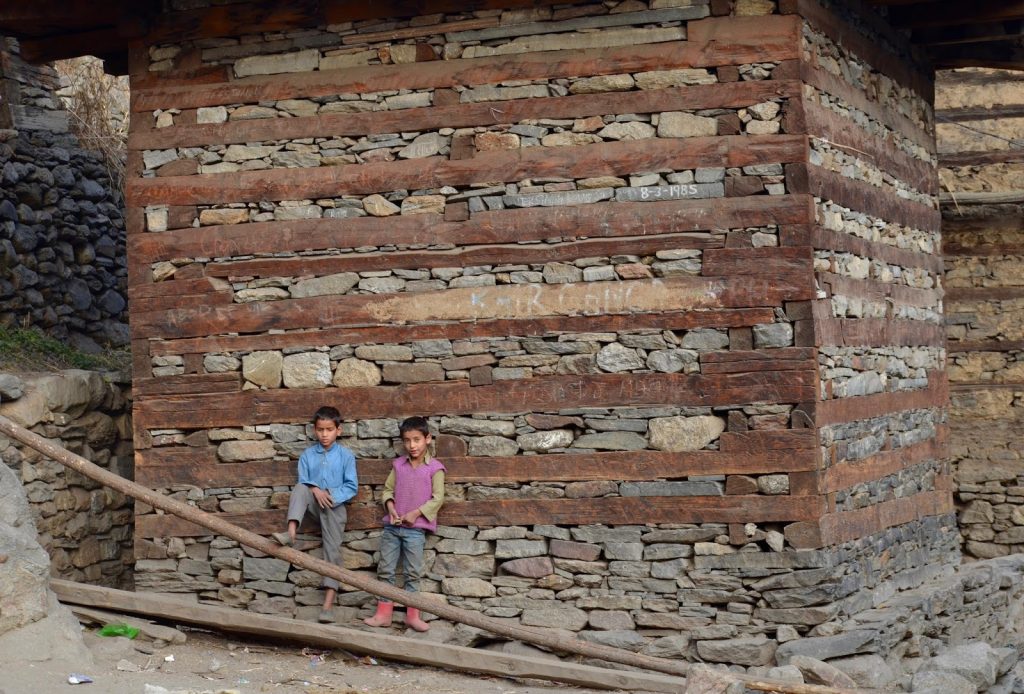Indigenous Indian tech and earth materials for sustainable architecture
Related Articles
Maharashtra New Chief Secretary: 61 दिन की छोटी लेकिन बेहद अहम जिम्मेदारी पर बैठे राजेश कुमार मीना, बने महाराष्ट्र के नए मुख्य सचिव
Maharashtra New Chief Secretary: राज्य शासन में शीर्ष पदों पर पहुंचना हर आईएएस अधिकारी का सपना होता है, और 1988 बैच के महाराष्ट्र कैडर...
1 July New Rules: 1 जुलाई से बदल जाएंगे UPI, पैन, ट्रेन टिकट और GST से जुड़े नियम, आपकी जेब और सिस्टम दोनों पर...
जुलाई 2025 आम लोगों के लिए सिर्फ महीने की शुरुआत नहीं बल्कि वित्तीय बदलावों का बड़ा मोड़ लेकर आने वाला है। 1 जुलाई से...
Celebrity Heart Attack: दिल से हारे 6 सितारे, शेफाली जरीवाला समेत इन सेलिब्रिटी की मौत ने इंडस्ट्री को किया हैरान, हार्ट अटैक बना जानलेवा
दिल की बीमारी अब सिर्फ बुजुर्गों तक सीमित नहीं रही, एंटरटेनमेंट इंडस्ट्री के कई युवा चेहरे बन चुके हैं इसका शिकार
Celebrity Heart Attack: दिल...




